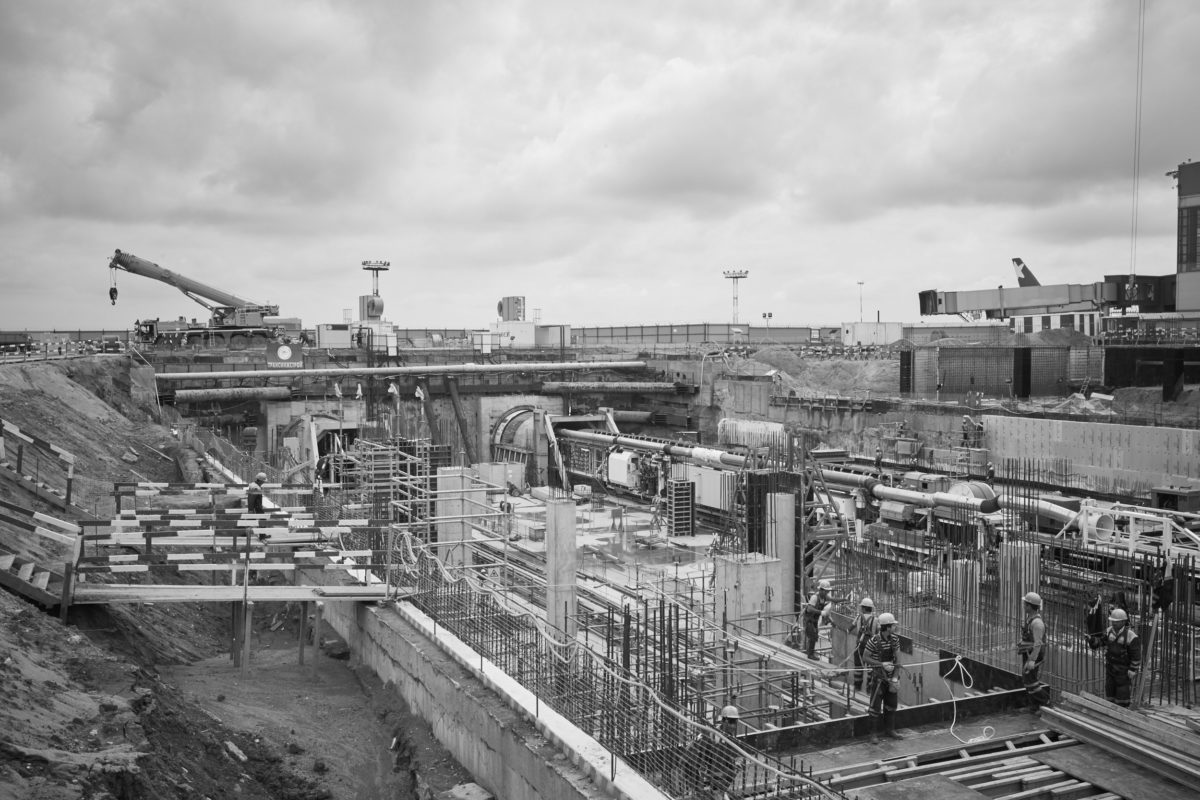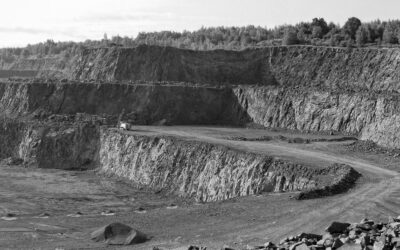
Civil Engineering
Vibration monitoring in civil engineering is a topic that covers a wide range of applications, including all the possible vibration sources that can affect a structure or a construction site. Its purpose is multiple and it is important to assure that vibrations do not affect structures for structural health monitoring (SHM) or people related to human comfort. In the other side, it is important to obtain information on the structure dynamics and on the phenomena analyzed, typically referred as operational modal analysis of the structures.
The typical instrumentation required is usually installed during short period of time, in a temporary matter and in compliance with regional or national standard directives.
The main applications in this field:
Construction sites
The structures in proximity of a construction site need a temporary instrumentation dedicated to the vibration monitoring in order to evaluate the structural damage and the human comfort (only in case of buildings). Automatic alerts must be immediately sent in case of high vibration, exceeding threshold levels. Specific site alarms are useful to force a reduction of the work intensity.
Railway monitoring
The railway monitoring survey is typically a 24 hours vibration measurement with three mono-axial velocity sensors at a distance of about 10 meters between two consecutive sensors, where the maximum velocities are collected and analyzed. The relevant frequency content is usually in the range of 15 Hz to 80 Hz.
Site evaluation of a new building
New buildings need to be dynamically characterized, by understanding the first natural frequencies of the structure. The excitation is usually done with a fall of a big mass or by means of a shaker. The instruments must record the raw data and the specialists will analyze them in the post-processing phase, using specific software.
Piling
Pile driving is generating a lot of vibrations and should be monitored when done in central urban environment, especially for existing structures monitoring and human comfort vibration dose evaluation.
Tunneling
There are several methods used for tunnel boring depending of the soil structure and the different geophysical requirements. Tunnels can be excavated with explosives or TBM – Tunnel Boring Machines among other means. This will generate a lot of vibrations, especially for new metro undergound tunnels or shafts in the city centers. The existing metro stations, active tunnels, surrounding buildings and sensitive sites should be monitored to ensure safe work progress.
Bridges
Vibration monitoring for bridges is very much relevant at the final construction stages and periodically duing the lifetime of the structure. First of all at the end of the construction, to validate the design and the operational natural frequencies and damping of the structure. That should validate the design calculation, typically performed with several synchronized measuring points along the structure with modal analysis processing. Such measurements can be performed in a cable free matter with several MR3003 devices operating in a master-slave network. Secondly, for the state of health of the structure, to be able to compare the nominal natural frequencies over their potential drift based on environmental and structural parameters.
Our solutions
Environmental Monitoring
Human made vibration monitoring
Construction sites
Human made vibration monitoring
Traffic & railways
Train induced vibration monitoring
Blasting
Blast induced vibration monitoring











